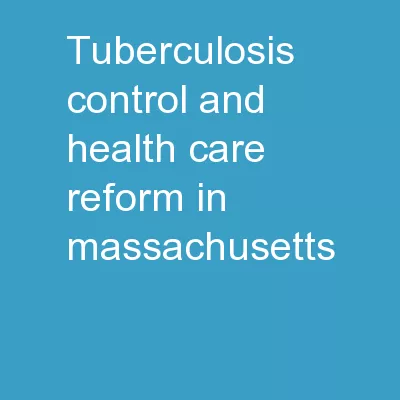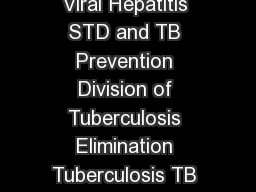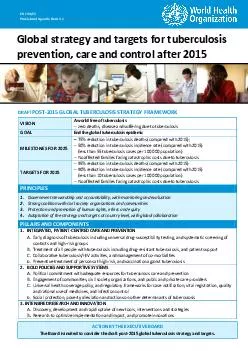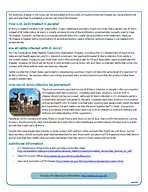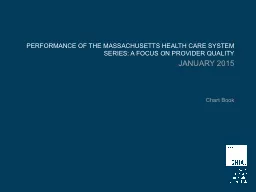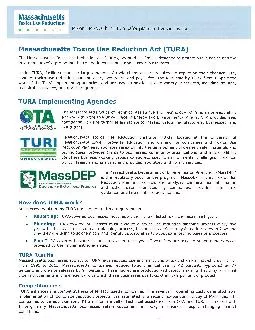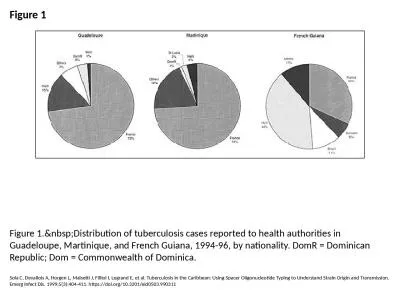PPT-Tuberculosis Control and Health Care Reform in Massachusetts
Author : alida-meadow | Published Date : 2018-12-08
The Real World perspective Sue Etkind RN MS Director Division of TB Prevention and Control Massachusetts Department of Public Health Tuberculosis Control and Health
Presentation Embed Code
Download Presentation
Download Presentation The PPT/PDF document "Tuberculosis Control and Health Care Ref..." is the property of its rightful owner. Permission is granted to download and print the materials on this website for personal, non-commercial use only, and to display it on your personal computer provided you do not modify the materials and that you retain all copyright notices contained in the materials. By downloading content from our website, you accept the terms of this agreement.
Tuberculosis Control and Health Care Reform in Massachusetts: Transcript
Download Rules Of Document
"Tuberculosis Control and Health Care Reform in Massachusetts"The content belongs to its owner. You may download and print it for personal use, without modification, and keep all copyright notices. By downloading, you agree to these terms.
Related Documents

